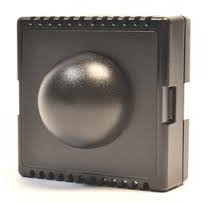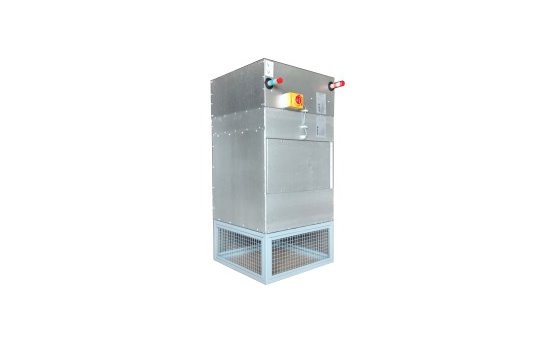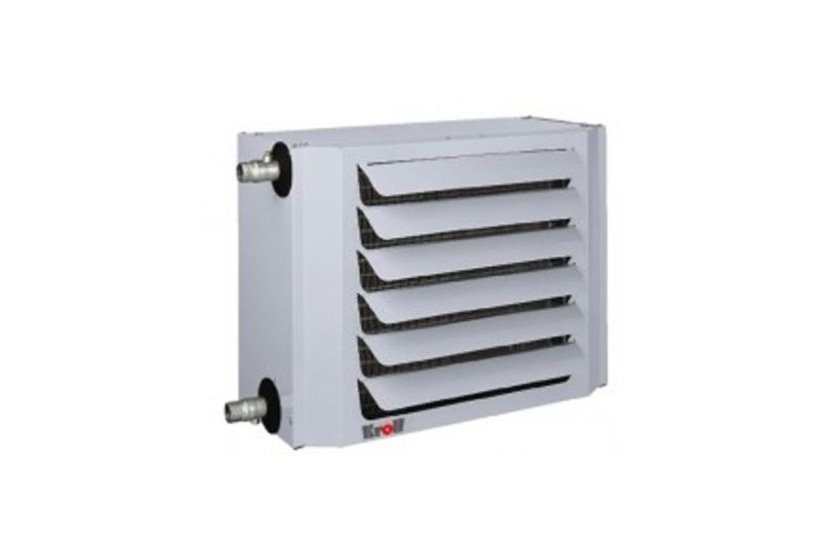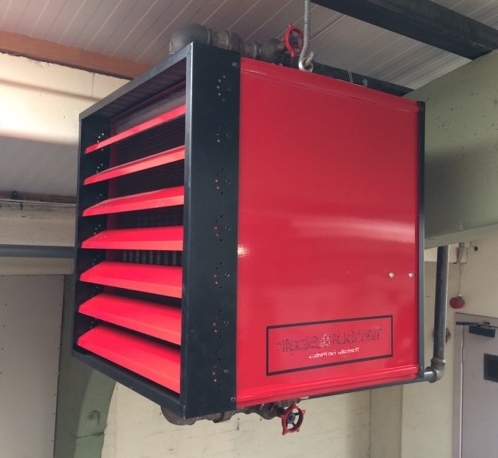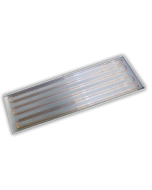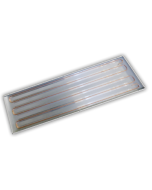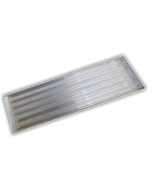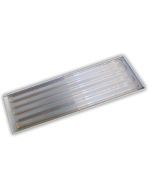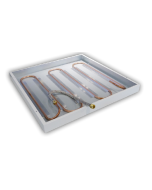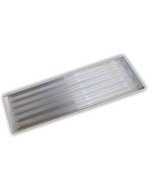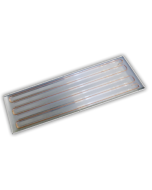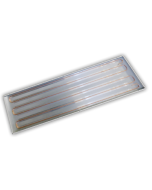LPHW radiant panels
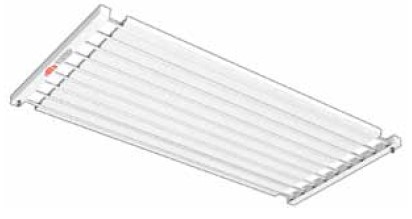
Are you looking to purchase radiant panels? You can click here to browse our full range of radiant heaters.
We have been doing a number of proposals, lately, for projects that require low pressure (LPHW) hot water radiant panels. It is an interesting exercise comparing the costs and performance of the different brands, with some surprising revelations. Of course each manufacturer has a slightly different way of constructing their radiant panels, and indeed a slightly different collection of ancillary bits and bats to ensure that they are controlled efficiently and connected seamlessly. It is often in the bells and whistles that the big cost differences occur.
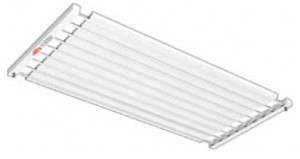
Specifying LPHW Radiant Panels
The process typically starts with an architect specifying that certain rooms or halls in a new or soon to be refurbished building will have water fed LPHW radiant panels, rather than say conventional radiators or other heater. The attraction of radiant panels, from a architects point of view, is obvious. They are ceiling mounted and can be specified to be recessed into a suspended ceiling or hung from the roof structure.
When a building is new, fresh and contemporary, a scattering of normal visible radiators just does not 'cut it'. LPHW radiant panels on the other hand are clean and crisp, and depending on what colour they are finished in, can be almost invisible. They are a perfect complement to new buildings, 'eco' or conventional. When you have almost the whole ceiling available to heating , even the quite modest flow temperatures from heat pumps can used to run a suitably sized array of LPHW radiant panels.
Generally the specified panels will conform to European Standard EN 14037. This standard is useful because it is basically a standard by which the performance of radiant panels can be quoted, and ensures that performance of panels from different manufacturers can be easily compared. LPHW radiant panels that do not conform EN 14037 are best avoided.
In amongst the M&E specification for a project there will be a section on heating, and a schedule of LPHW radiant panels, which relate to the plan drawings. Of course one of the manufacturers will have attempted a 'specification sell' and have persuaded the architect to specify their particular LPHW radiant panels. When the technical differences between competing radiant panel heater systems are modest, the advantage to the 'specified' brand is similarly modest. A schedule of panels and a specification therefore is not a foot in the door for the specification seller but an opportunity for others to offer better performance and more than likely for less cost than budgeted. It is at this point we get busy, as various contractors ask us to price against the schedule.
Two types of LPHW radiant panels
The ceiling mounted type are designed to fit into a ceiling grid and are inevitably available in one width, 595mm and have lengths in 2' increments to match ceiling grids. There is a limit to both what maximum length of radiant panels can be manufactured, and what size can be transported and handled without damage. For this reason all ranges have a system of jointing that ensures that panels can be combined on a single straight.
The attraction here is that the ceiling becomes the heater and it is very clean and neat. No surprise that this variety of radiant panel heaters are popular in schools and municipal buildings.
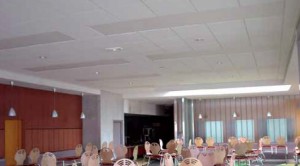
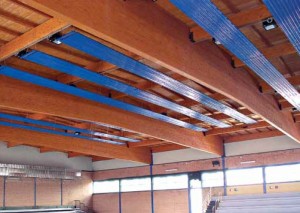
The other type of LPHW radiant panel are 'suspended'. Where the ceiling is the roof line and particularly where the roof itself is a feature of the building, these radiant panels can add to the effect. Without the constraints of a ceiling grid they are available with a wider array of widths and again come in various lengths.
These type of heaters are normally used in larger rooms such as sports halls and assembly rooms, and often feature ball covers to prevent balls getting caught on the top of the heater. This type of heater is also becomming increasingly common in 'clean' manfacturing settings.
Controlling LPHW Radiant Panel Heating
When it comes to controlling LPHW radiant panels it is worth knowing your way around the black bulb sensor market because inevitably these are the most suitable type of sensor to react to radiant heat, and when connected to a suitable controller provide a far more responsive and controllable heating system than if they were controlled by conventional thermostats.
If you are looking for LPHW radiant panels, and maybe you need the best, or most cost-effective, or a particular type, then let us help. 01729 824108
